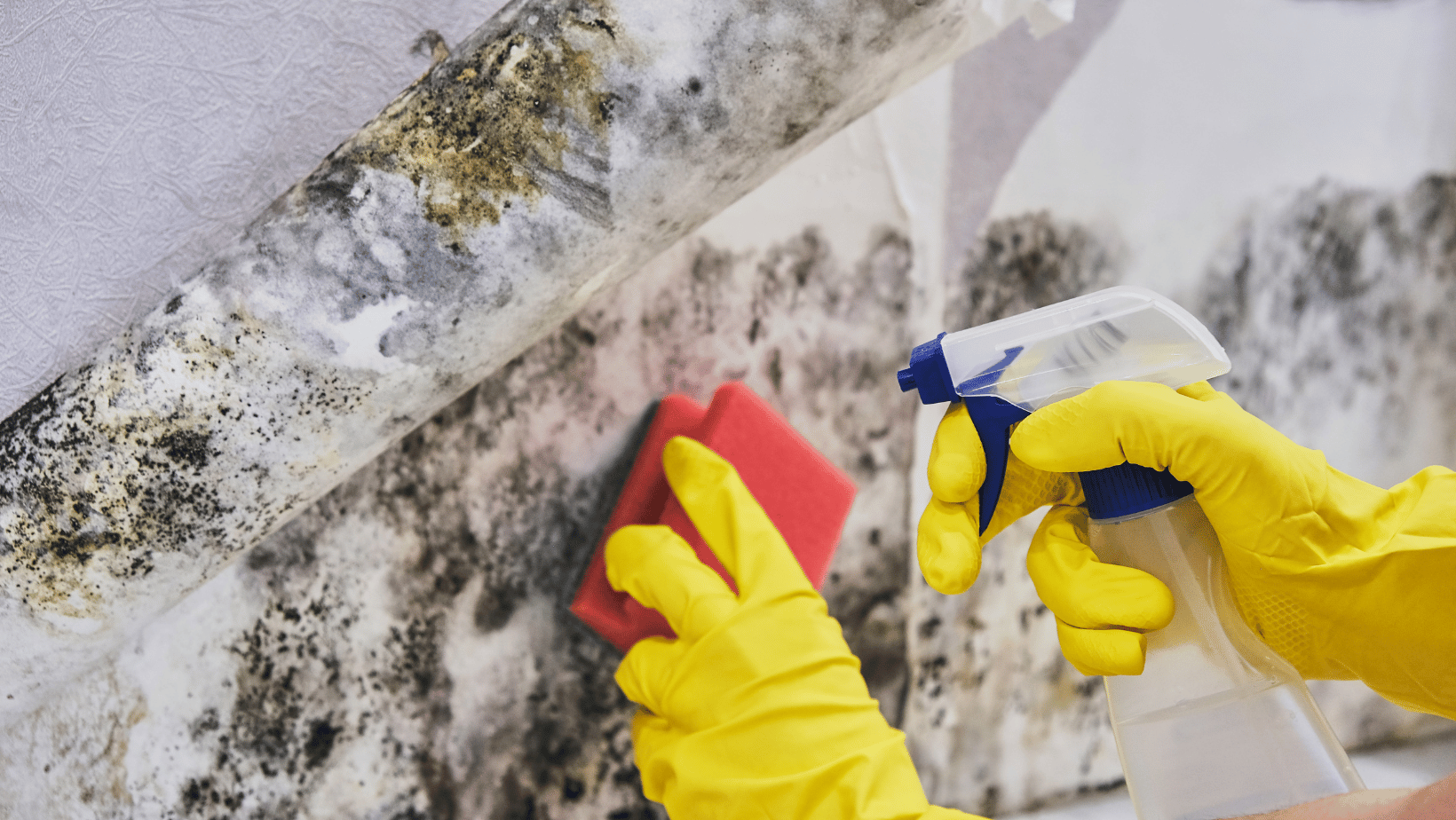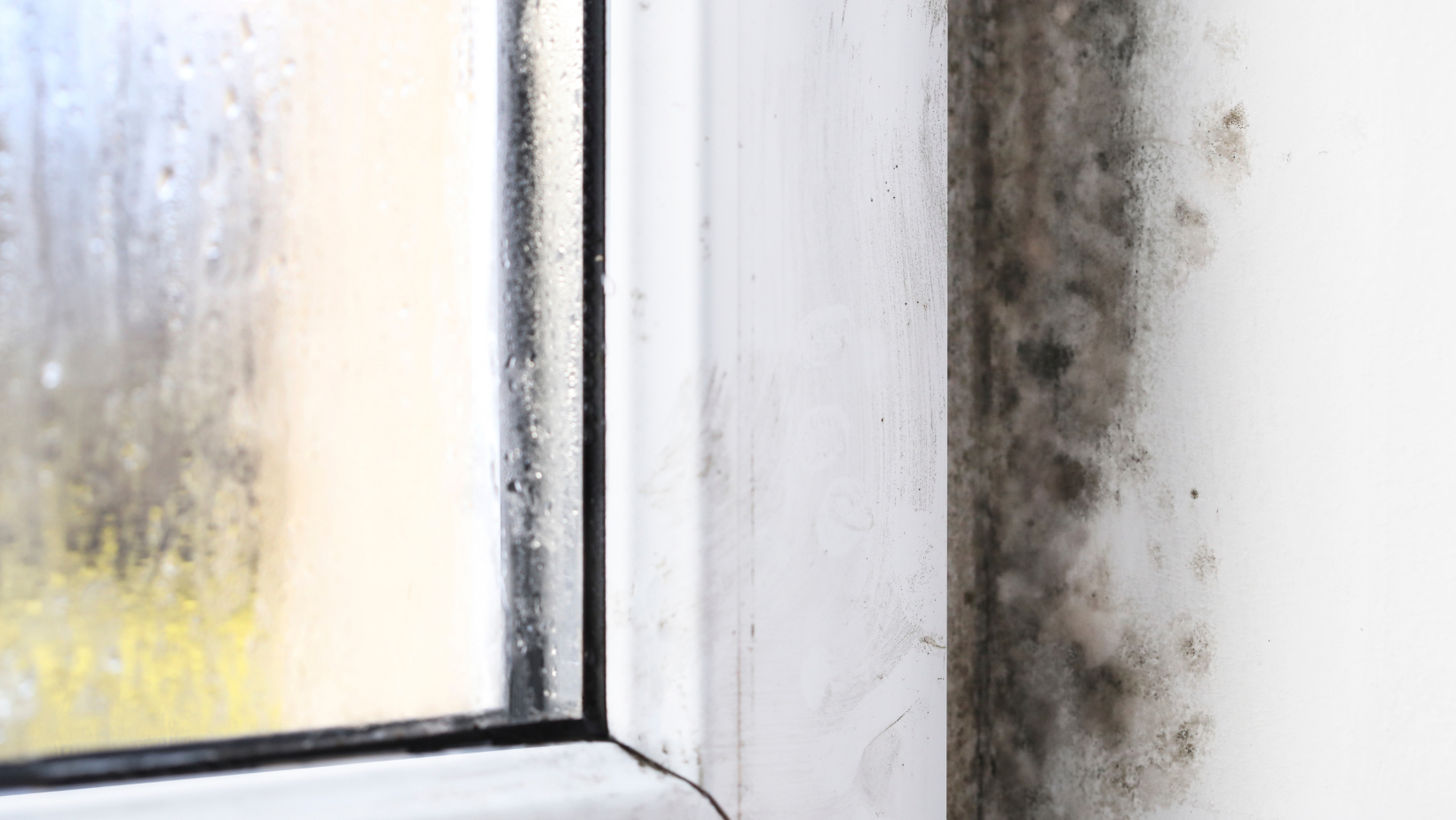The Impact of Indoor Humidity on Mold Growth: Prevention, Risks, and Solutions
Understanding the relationship between humidity and mold growth, the article explores how high indoor humidity levels can create an ideal environment for mold to develop, leading to potential structural damage, health problems, and the need for professional mold remediation services.
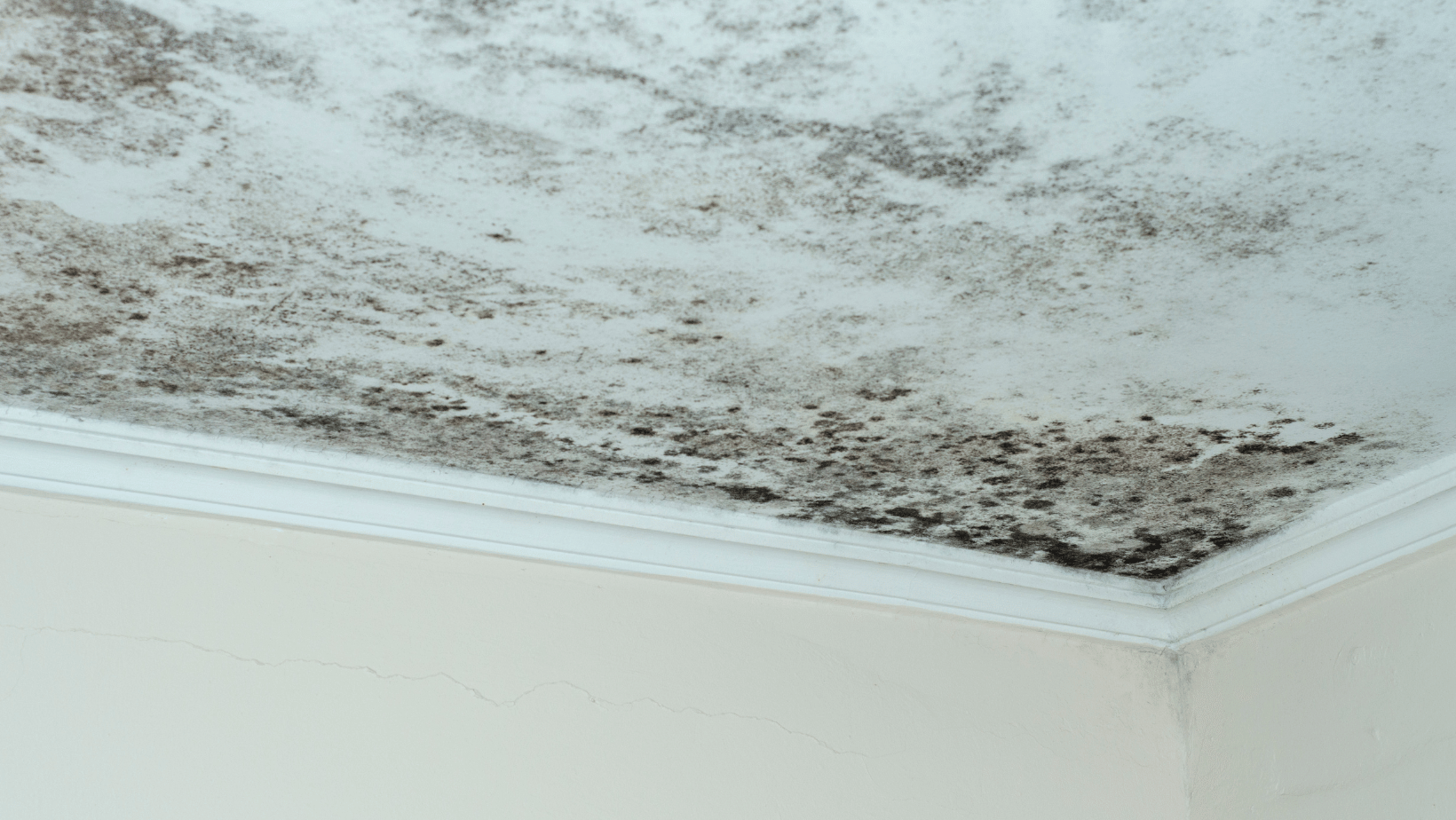
Understanding the Relationship Between Humidity and Mold Growth
Understanding the relationship between humidity and mold growth is crucial for homeowners and property managers. High humidity levels provide an ideal environment for mold to thrive. Mold requires moisture to grow and reproduce, and when indoor environments experience [excessive moisture](https://www.epa.gov/mold/mold-course-chapter-2) due to changes in building construction, leaks, or inadequate ventilation, it significantly contributes to mold growth. For instance, a leaky roof or poorly ventilated bathroom can create a humid environment that fosters the growth of mold on walls, ceilings, and other surfaces.
The destructive impact of mold on indoor structures cannot be overlooked. Mold can weaken floors and walls by feeding on wet wood, compromising the structural integrity of the building over time. This emphasizes the critical need to control indoor moisture to prevent mold proliferation and safeguard the structural soundness of a property. Therefore, homeowners should be vigilant in monitoring and addressing sources of high humidity to mitigate the risk of mold growth and its subsequent impact on the property.
Impact of Mold on Indoor Air Quality
The impact of mold on indoor air quality cannot be overstated, as it poses significant risks to both the structural integrity of buildings and the health of occupants. Mold growth in indoor environments has been linked to various health problems, including allergic reactions and asthma attacks, making it imperative to prioritize [indoor air quality management](https://www.epa.gov/mold/brief-guide-mold-moisture-and-your-home). For instance, individuals exposed to mold spores may experience symptoms such as coughing, wheezing, and throat irritation, highlighting the detrimental impact of mold on respiratory health.
The repercussions of unchecked mold growth extend beyond health concerns to encompass potential damage to buildings and furnishings. Mold can compromise the structural stability of buildings and cause deterioration of materials, leading to the need for extensive repairs and restoration work. For example, prolonged exposure to moisture and mold can result in wood rot, weakening floors and walls, and necessitating costly interventions to rectify the damage.
In essence, maintaining indoor air quality is not only vital for safeguarding the health and well-being of occupants but also for preserving the structural integrity of indoor spaces. By controlling indoor moisture levels and preventing mold proliferation, homeowners and property managers can mitigate the risks associated with mold growth, ensuring a safe and habitable indoor environment for all occupants.
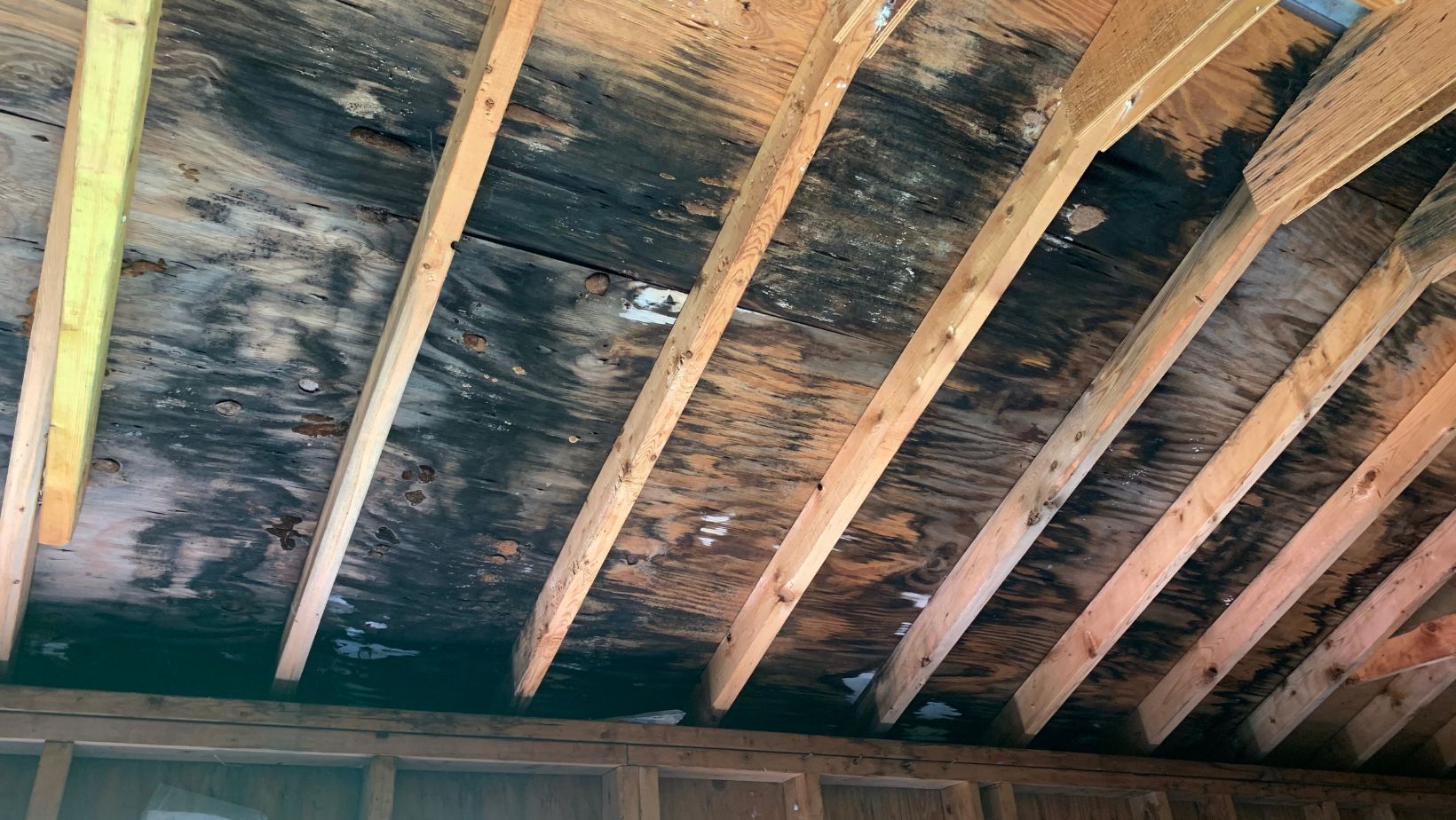
Common Sources of Moisture Buildup in Indoor Environments
Moisture buildup in indoor environments can stem from various sources, with changes in building construction, leaks, and inadequate ventilation being primary culprits. For instance, poorly sealed windows and doors, as well as cracks in the building structure, can allow moisture to seep in, creating conducive conditions for mold growth. In addition, plumbing leaks, whether visible or hidden within walls, can introduce significant amounts of moisture into the indoor environment, fueling the development of mold and mildew.
High humidity levels resulting from climate, poor ventilation, everyday activities, and aging HVAC units can substantially contribute to moisture buildup and mold contamination. For example, activities such as cooking, showering, and even breathing can release moisture into the air, especially in poorly ventilated spaces, leading to [elevated indoor humidity levels](https://www.gpinspect.com/article/humidity-level-to-prevent-mold) that can support mold growth. The impact of these sources of moisture buildup underscores the importance of proactive measures to manage indoor humidity and prevent the proliferation of mold and mildew. Recognizing the signs of high indoor humidity, such as foggy condensation on windows, a musty odor, or visible mold spots, is crucial for homeowners to take timely action to address and rectify the underlying moisture issues.
Tips for Preventing Mold Growth Due to Humidity
Maintaining indoor humidity levels below 60% is crucial in preventing mold growth in indoor environments. When humidity levels exceed this threshold, it creates an ideal environment for mold to thrive, leading to potential health hazards and structural damage, [7]. For instance, if a home experiences a prolonged period of high humidity, such as after a flood or due to poor ventilation, it can result in mold growth on walls, ceilings, and other surfaces, posing health risks to the occupants and causing deterioration of the property.
To effectively control indoor humidity, homeowners can utilize dehumidifiers, especially in areas that are prone to excessive moisture buildup, such as basements and bathrooms. Additionally, proper ventilation through the use of exhaust fans in kitchens and bathrooms, as well as opening windows to allow air circulation, can significantly [reduce humidity levels](https://www.quora.com/Why-does-humidity-trigger-mold-growth). For example, in a kitchen with poor ventilation, cooking activities can generate steam and moisture, contributing to elevated humidity levels, which can lead to mold growth if not addressed promptly. By incorporating exhaust fans and opening windows while cooking, homeowners can effectively manage humidity and minimize the risk of mold development.
Regular cleaning and maintenance of areas prone to moisture, such as checking and repairing leaks in plumbing fixtures and ensuring proper drainage around the foundation of the home, are essential preventive measures. For instance, a leaking pipe under a sink can go unnoticed for an extended period, resulting in damp conditions that promote mold growth. By conducting routine checks and maintenance, homeowners can identify and address potential sources of moisture, thereby reducing the risk of mold proliferation.
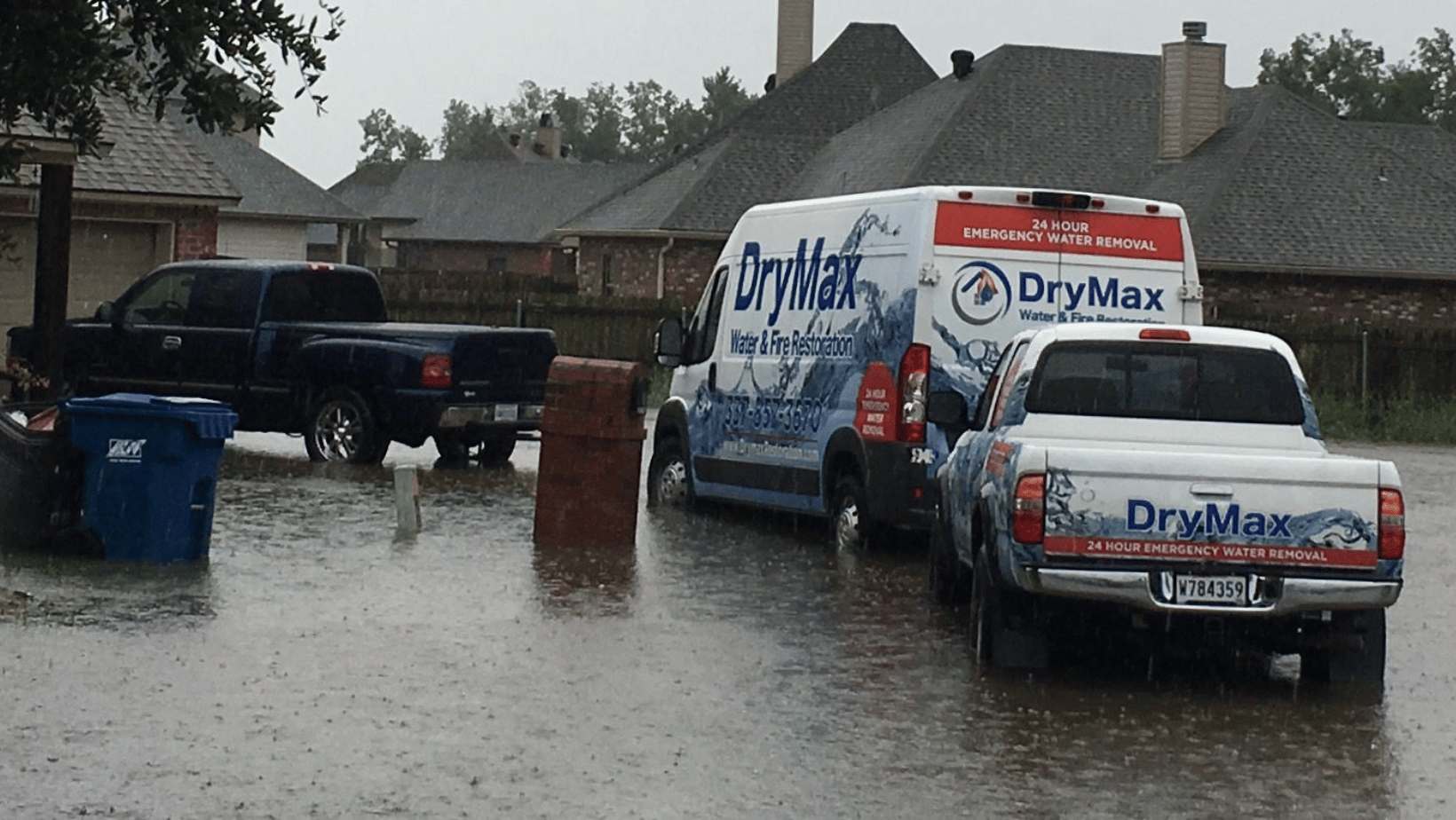
Mold Prevention and Remediation Services
When it comes to mold prevention and remediation, professional services play a crucial role in safeguarding indoor environments against the detrimental effects of mold contamination. For instance, companies like DryMax Mold and DryMax Restoration offer [comprehensive mold remediation services](https://www.drymaxmold.com/), which encompass advanced removal techniques and state-of-the-art equipment. [2]. These services are designed to address mold growth effectively, ensuring the safety and well-being of individuals who inhabit indoor spaces.
These professional services go beyond mere cleaning and removal processes. They utilize advanced technologies such as thermal imaging, moisture mapping, and air quality testing to identify the extent of mold contamination and ensure thorough remediation, [2]. By employing these sophisticated methods, professionals can accurately assess the severity of mold infestation and tailor their remediation efforts accordingly, thereby preventing the recurrence of mold growth in the future.
In addition to employing cutting-edge technologies, these professional remediation services also offer a comprehensive approach to mold removal. For instance, DryMax follows a 12-step [mold remediation process](https://www.drymaxmold.com/Mold-Remediation-Louisiana), which includes thorough inspections, containment measures, and safe disposal of contaminated materials. Furthermore, they provide a 5-year mold-free guarantee, ensuring that the remediated areas remain free from mold infestation for an extended period, thus offering peace of mind to homeowners and property occupants. This commitment to comprehensive remediation, backed by guarantees, underscores the dedication of these professional services to eradicating mold and ensuring the long-term safety of indoor environments.
You might also like
DryMax Mold Blogs
